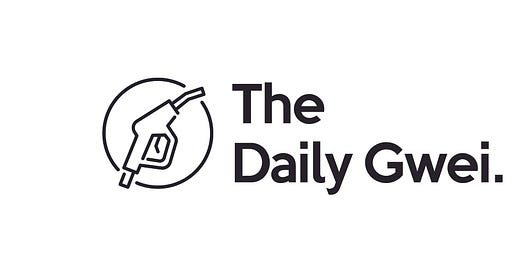December 1st 2020 - that was the day that Ethereum’s Proof of Stake consensus mechanism finally went live in a mainnet capacity as part of the Beacon Chain launch. Yesterday marked 6 months since this historic milestone with the Beacon Chain having run at near-perfect capacity since genesis - definitely no small feat!
I remember a little while ago the eth2 researchers and core developers mentioned that they would only really be comfortable going ahead with the eth1 <> eth2 merger if the Beacon Chain had been live for 6-12 months. The main reason for this is because they’d like to see that the Beacon Chain show stability before merging in a $300 billion+ network that settles trillions of dollars in value a year - I can’t blame them for this! Well at this point it’s looking very positive and I think that pretty much everyone in the ecosystem is surprised by just how well everything has gone so far (given all of this tech is brand new)!
In saying that, there has been one critical incident on the Beacon Chain over the last 6 months but it was quickly resolved by the relevant teams (you can read the retrospective of this incident here). Outside of that, the Beacon Chain has been running perfectly fine with over 1 million blocks proposed, over 150,000 active validators staking almost 5 million ETH and a consistent ~99% participation rate from these validators. The slashing functions also seem to be working exactly as they should along with the inactivity leak penalties.
The first major upgrade (hard fork) for the Beacon Chain, Altair, is due to go live sometime over the next 2-3 months and it brings with it a host of updates and fixes. The primary features of Altair include the introduction of sync committees to support light clients, an incentive accounting reform to reduce spec complexity, an update to the penalty parameters to be more in-line with what’s expected and more. Additional information on Altair (and eth2 generally) can be found here.
The eth1 <> eth2 merge is most likely going to be the next major change happening after Altair and it’s slated for Q4 2021 or Q1 2022 (I think Q1 2022 is more likely). The awesome thing is that there has already been successful merge testnets such as ‘Steklo’ and ‘Nocturne’ as part of the Rayonism project. Finally, after the merge, we can expect to see data sharding going live (probably rolled out in phases) which will greatly enhance the scalability that layer 2 systems such as rollups are able to achieve (100,000+ transactions per second).
As you can see, there’s always a lot going on in the world of eth2 and it can pretty much be impossible to keep up with it. Though there really is only one resource you need to follow to stay up to date and that’s Ben Edgington’s excellent What’s New in Eth2 newsletter which I still can’t believe is free! It’s where I get almost all of my eth2 information so I highly recommend subscribing to it - you won’t regret it!
Have a great day everyone,
Anthony Sassano
Join the Daily Gwei Ecosystem
All information presented above is for educational purposes only and should not be taken as investment advice.





